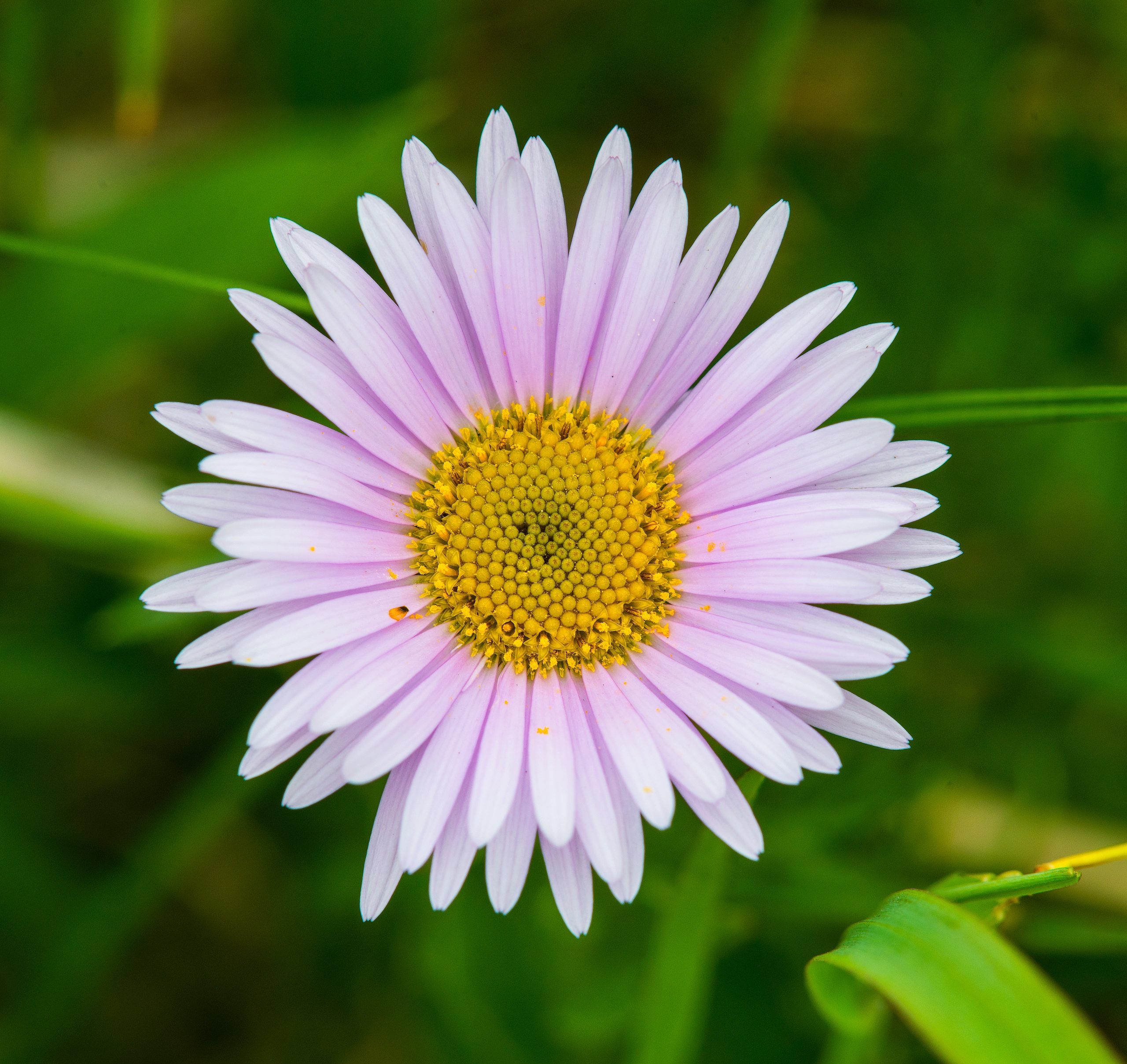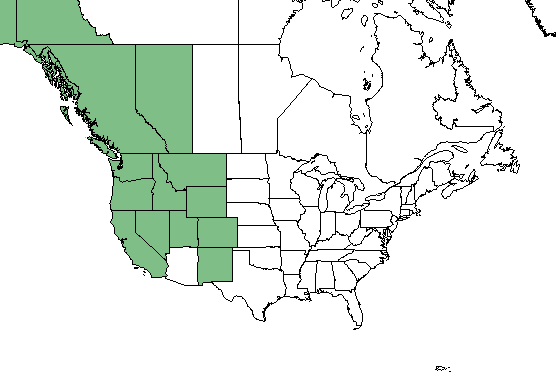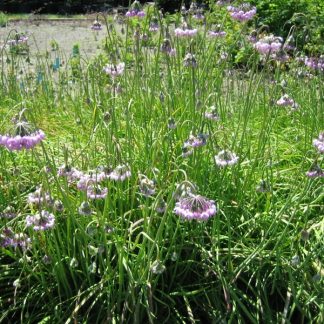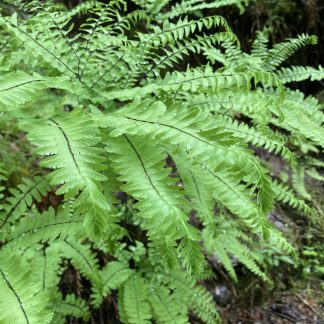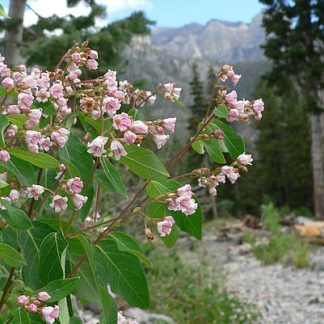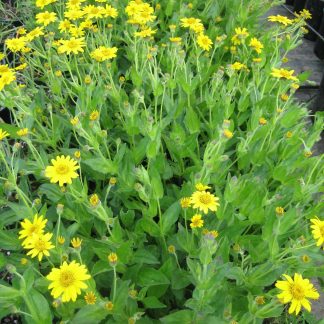Erigeron peregrinus
wandering daisy
Habit: Wandering daisy is a rhizomatous, unbranched perennial, quite similar to other fleabanes and very abundant as well, but it certainly has its own charm. Its flowers display unique colors and a distinguishing messy look. Unlike other daises, its ray flowers overlap irregularly, and can be white, pink, or purplish; sometimes the same flower head will display a mix of colors. Its disk flowers are typically bright yellow. The long, pointy, dark-tipped glandular bracts that support the flower heads also help to tell this species apart from others in the genus. 3-8 inches long leaves crowd the base of the stems; blades are lance to spoon-shaped, tapering at the lower end, and bear entire, slightly hairy margins. Stem leaves are similar in shape, but generally smaller. Wandering daisy blooms from June to August, usually earlier at lower elevations.
Ecology: it inhabits moist, partially shaded forests, mountainous wet meadows, stream banks and talus slopes, at moderate to alpine elevations. This species is widespread throughout Western North America and Asia. It is a frequent and pleasant sight to visitors of the Sierra Nevada and coastal mountain ranges of the west.
Growing conditions: it favors full sun to partial shade, and moist, well-drained soils, but can tolerate wet media as well. The large flower heads of this fleabane daisy add attractive colors to a perennial border, wildflower meadow or butterfly garden.
Wandering daisy is also known as subalpine fleabane daisy. The scientific name Peregrinus means ‘exotic’ or ‘wanderer’, referring to the wide distribution of the species in North America and Asia.
Specs
Herbaceous Perennial
3b to 9b

